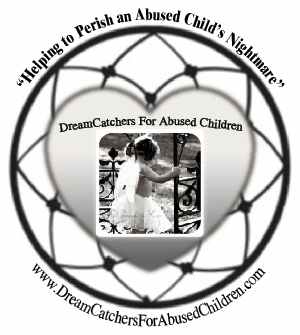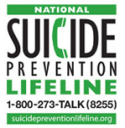Child Abduction Information
According to the Department of Justice, each year more than 200,000 children become victims of family abduction. In an effort to increase awareness and educate the public on how common family abduction is and the importance of getting involved, the Public Service Announcement Child Abduction by a Parent or Family Member is a Crime has been developed. Through the launching of this PSA, the Task Force and CIR aim to create awareness and increase the reporting and investigation of family abduction cases.
 An estimated 2,300 children are missing every day in the United States. Missing children can victims of family abduction, non-family abduction, or they can be runaways.
An estimated 2,300 children are missing every day in the United States. Missing children can victims of family abduction, non-family abduction, or they can be runaways.An estimated 203,900 children were victims of a family abduction in 1999. A family abduction occurs when a family member takes or keeps a child in violation of the custodial parent’s/guardian’s legitimate rights.
Family/Parental abduction findings:
78% of abductors are the non-custodial parent
35% of children were between 6-11 years old
24% of the abductions lasted between 1 week and 1 month
82% of abductors intended to affect custody permanently
21 % are other relatives
42% of children were living with a single parent
15% were living with another relative/foster parent
66% were taken by a male relative
Reasons why family members become abductors:
They are dissatisfied with custody decision in court They have been denied visitation for not paying child support They are protecting the child and/or themselves from abuse They are angry with the break-up of the relationship They are angry with the other parent’s new partner/lifestyle
An estimated 58,200 children were victims of a non-family abduction in 1999. Non-family abductions occur when someone who is not a relative abducts and detains a child without lawful authority or parental permission with the intention to keep the child permanently. In 1999 there were also 115 stereotypical kidnappings. A stereotypical kidnapping occurs when a stranger or slight acquaintance transports a child 50 miles or more from home and either kills the child, holds the child for ransom, or intends to keep the child permanently.
Non-family abduction and stereotypical kidnapping findings:
81% were 12 years old or older in non-family cases 58% were 12 years old or older in stereotypical kidnappings In 40% of stereotypical kidnappings, the child was killed In another 4%, the child was not recovered 86% of the perpetrators are male The abducted children are predominantly female Nearly half of all victims were sexually assaulted
Over 1.5 million children had a runaway or throwaway episode in 1999. Runaway cases occur when a child of 14 years or less leaves home without permission for at least one night. For older children, a runaway is defined as a child who stay out for at least two nights. Throwaway episodes occur when a parent or other household adult tells a child to leave the house without arranging alternative care and prevents the child from returning home.
Runaway/throwaway findings:
Two-thirds of children are between 15 and 17 years old The male-female ratio is equal More than half returned home in the same week 99% return home 21% are physically or sexually abused at home
Why children run away from home:
42% have family problems 14% because of peer pressure 5% because of drug or alcohol abuse 4% because of physical abuse
Child Find of America Inc. is a national not-for-profit organization that locates missing children through active investigation and publicity, prevents child abduction through education, and prevents/resolves incidents of parental abduction through conflict management and mediation.
Nation Wide Resources
- Victim Witness Information
- Missing & Abducted Children Organizations
- Missing Children Clearinghouse
- International Agencies/Resources
- CA Attorney General Child Abduction Units
- Federal & National Agencies/Resources
- State Agencies/Resources
By the time you finish reading this, 15 children will have been abused; In the next five minutes, 30 more; Within the next hour, 360 more; And by tonight, close to 8,000+ children will have suffered from abuse, 5 of which will die. Child abuse has increased 134% since 1980 and is now considered a worldwide epidemic. The high jump in child abuse deaths and the shocking increase in statistics highlights the frightening lack of public knowledge.
Educate Yourself -- Learn the Facts
It May Just Save a Child's Life!!


















![Validate my RSS feed [Valid RSS]](http://dreamcatchersforabusedchildren.com/wp-content/uploads/2009/10/valid-rss.png)












